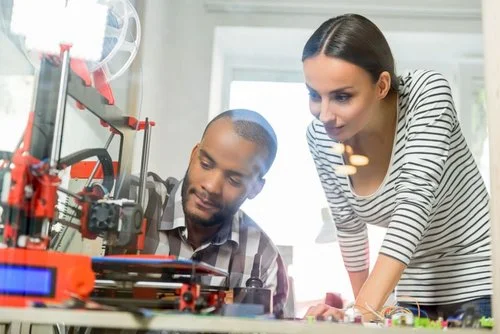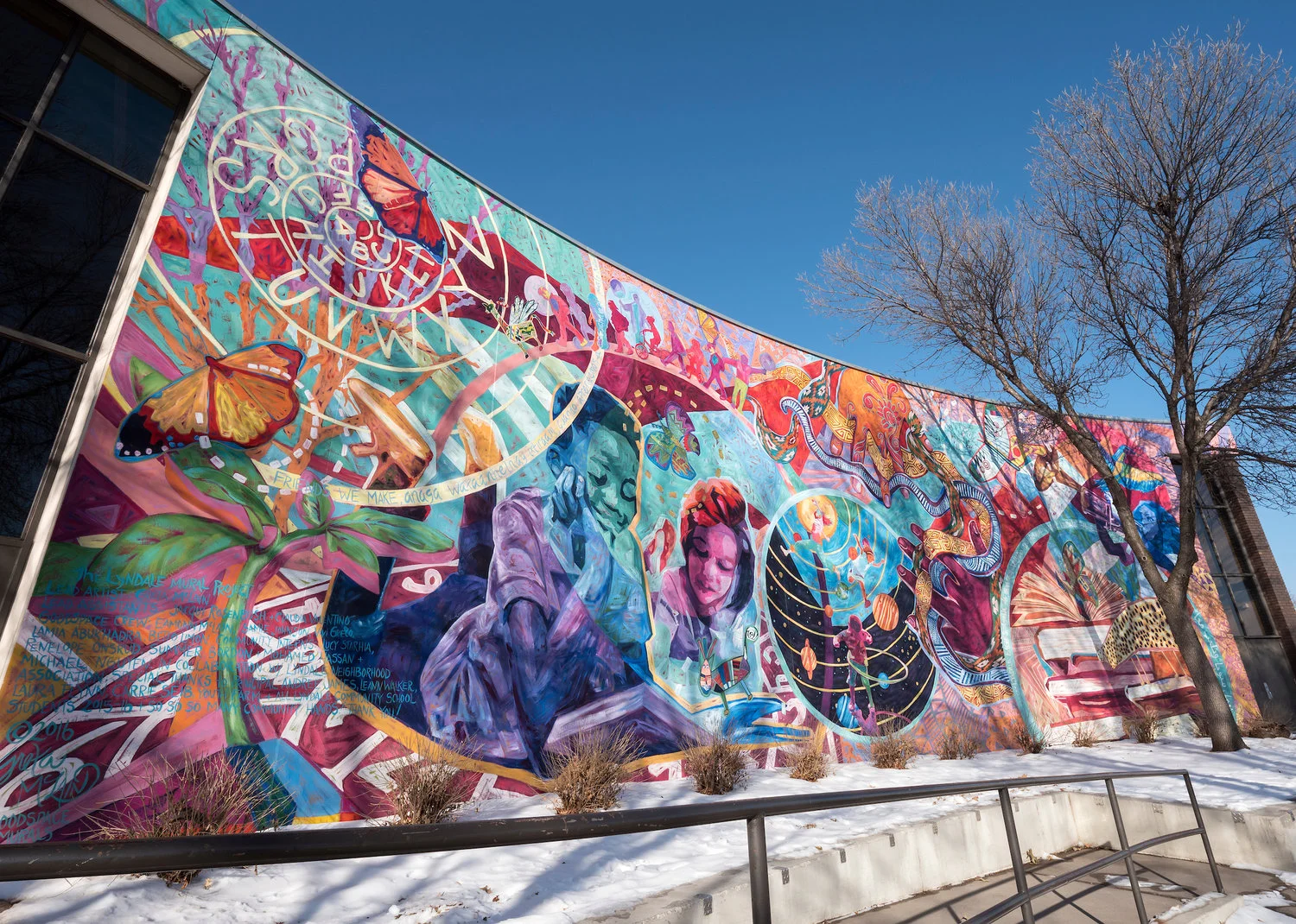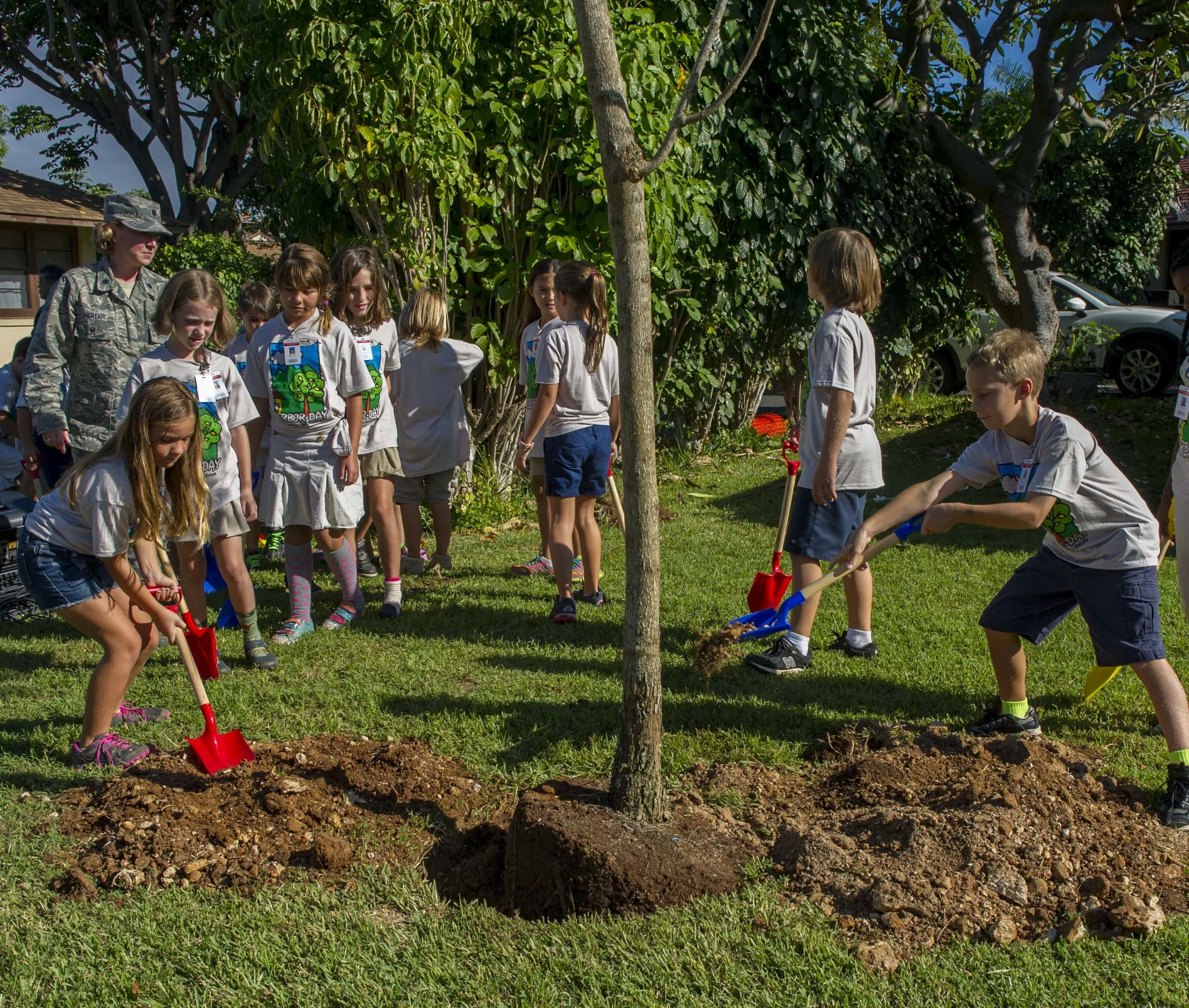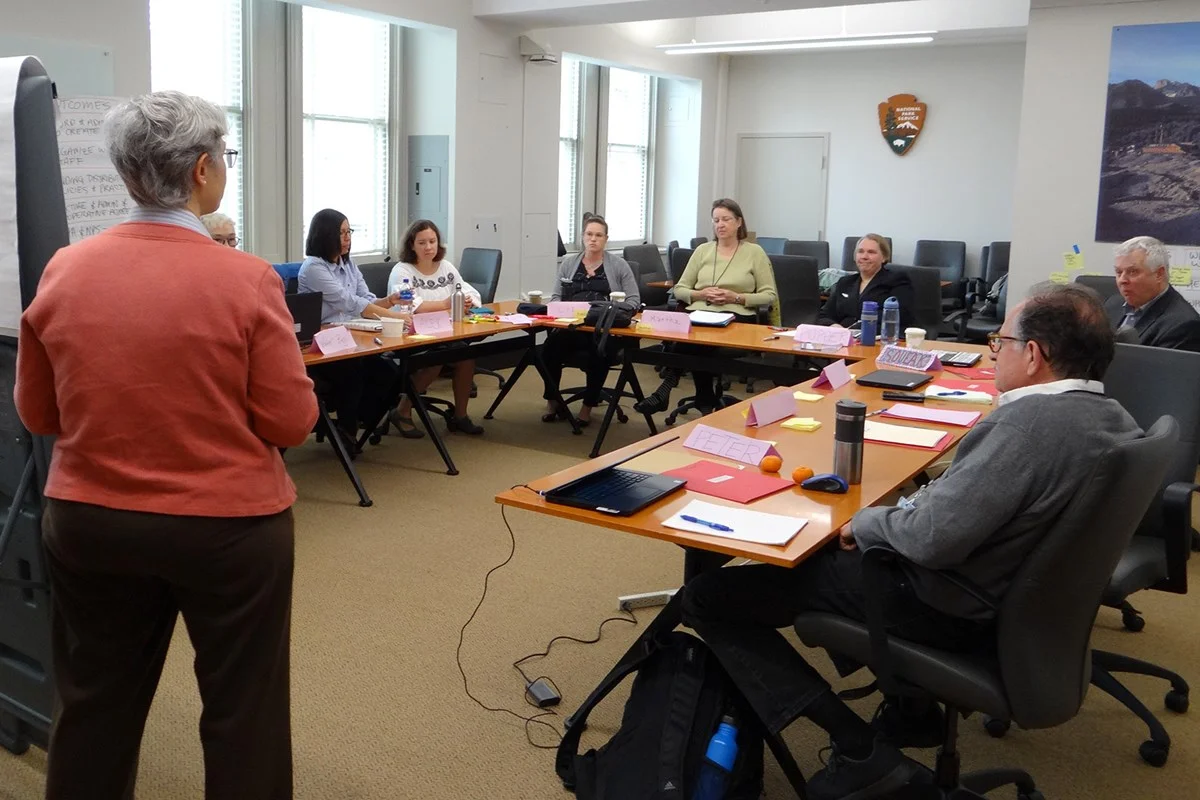Salvador “Sal” Galdamez—founder and president of nonprofit York XL—shares how you can bring your neighbors together around bottom-up action to create more prosperous, healthy, and empowered neighborhoods.
Read MoreCary Westerbeck—Strong Towns member and Founder of Bothellites for People-Oriented Places (Bo-POP)—shares how you can create people-oriented places in your own community, including how to educate people about people-oriented places, how these places create more financially resilient places, and how you can demonstrate your vision.
Strong Towns member Austin Taylor—Parking and Sustainability Coordinator for Provo City, Utah—shares how you can use tactical urbanism to create safer streets, including how to plan your intervention, how to get local government involved, and how to use your intervention to create lasting change.
Greg Wright—Executive Director at CREATE Portage County—shares how you can foster creative (and financially resilient) communities where you live, including how to inspire creative residents, how to demonstrate the economic impact of creativity, and why you should root all initiatives in a “small and smart” way.
Strong Towns member Ben Harrison shares his experience serving on a citizen advisory committee and why you should run for something in your own community, including how to pitch your vision to city staff, how to introduce Strong Towns principles, and, how serving on these committees can help you feel closer to your community.
So your city’s made progress on bike safety—there are some nice new bike lanes, and more people out and about on two wheels. How to keep the momentum going? That’s the situation in this Strong Towns member’s hometown, and he has some ideas to share.
Read MoreRegina Portillo—Executive Director at City Makery in Laredo, Texas—shares how you can partner with local government to create and foster ideas for your community, including how to encourage people to share their ideas, how to encourage people to act on those ideas, and how to get local government involved in the process.
Thor Erickson—a longtime leader in the neighborhood and civic nonprofit sector—shares how you can use nonprofits to build strong neighborhoods in your own community, including how to bring your unique perspective to neighborhood investment, how to partner with your local government, and how to get your community behind your mission.
Andy Diaz—founder at Urban Acres in Peoria, Illinois—shares how you can use local food to build community in your own neighborhood, including how to find the right investment for your neighborhood, how to grow your efforts incrementally, and why cities like Peoria and beyond need more $1,000 heroes (not $1 million heroes).
Greta McLain—Artistic Director at GoodSpace Murals, a Minneapolis-based organization that promotes community development through public art—shares how you can use public art to build community in your own city or town, including how to create a tribe of public art advocates in your community, and how to turn stakeholders leery of public art into advocates.
Rafa Wright—Detroit native, community leader, and soon-to-be owner of a new, Detroit-based neighborhood grocery—shares how you can make neighborhood-led investments in your community, including how to observe where people struggle, how to find the right investments for your neighborhood, and how to get your neighbors involved in the process.
Read MorePlanting a tree, fixing a sidewalk or a street light, painting a crosswalk: these are some of the highest-returning investments we can make today. So why aren’t our cities oriented toward them? Two very different conversations featuring Strong Towns president Chuck Marohn explore this question.
Read MoreEd Morrison—author of Strategic Doing: Ten Skills for Agile Leadership—shares how city leaders can grow their economies by fostering collaboration on a local level, including how to find existing assets in your community, how to encourage existing organizations to focus on a shared goal, and how to incrementally pursue that goal.
Read MorePaul Fast—Principal Architect at HCMA, a Canadian architecture and design firm—discusses its More Awesome Now project and how you can revive neglected alleyways in your own neighborhood, including how to assess the needs of the neighborhood, how to measure the success of the project, and how to consider all members of the community in its design.
Read MoreWhen we take the steps that make our communities more financially resilient, we often make them healthier too. Just ask Dan Burden of Blue Zones: an organization that works with cities and towns across the country to help people lead healthier lives.
Read MoreMorgan Leichter-Saxby—co-founder at Pop-Up Adventure Play—shares how you can create low cost, low risk places to play in your neighborhood, including how to pitch the idea to your neighbors, how to commit to an incremental approach, and how Pop-Up Adventure Play can help throughout the process.
Read MoreAlix Taylor—Manager of Water Programs at Green Communities Canada—shares how to depave neglected concrete in your own neighborhood, including how to get your neighbors involved in the process, how to pitch the idea to city leaders, and how to find sites in your neighborhood optimal for depaving.
Read MoreJohn Reuter—board member at Strong Towns and former councilperson at the City of Sandpoint, Idaho—shares his insights in how you can propose eliminating parking minimums in your town—including how to tell a compelling story, how to find data that enhances that story, and how to build community support around removing parking minimums.
Read MoreJacqueline Hannah—assistant director at the Food Co-op Initiative—shares how you can start a neighborhood grocery co-op in your town, including how to pitch the vision to community members and elected officials, how to translate your enthusiasm into action, and how the Food Co-op initiative can help through every step of the process.
Read MoreYour Strong Towns Knowledge Base question of the week, answered here.
Read More



















